Lilac care and growing guide: expert tips for these flowering shrubs
Learn how to grow lilac so you can enjoy their stunning spring flowers and fragrance in your borders and pots

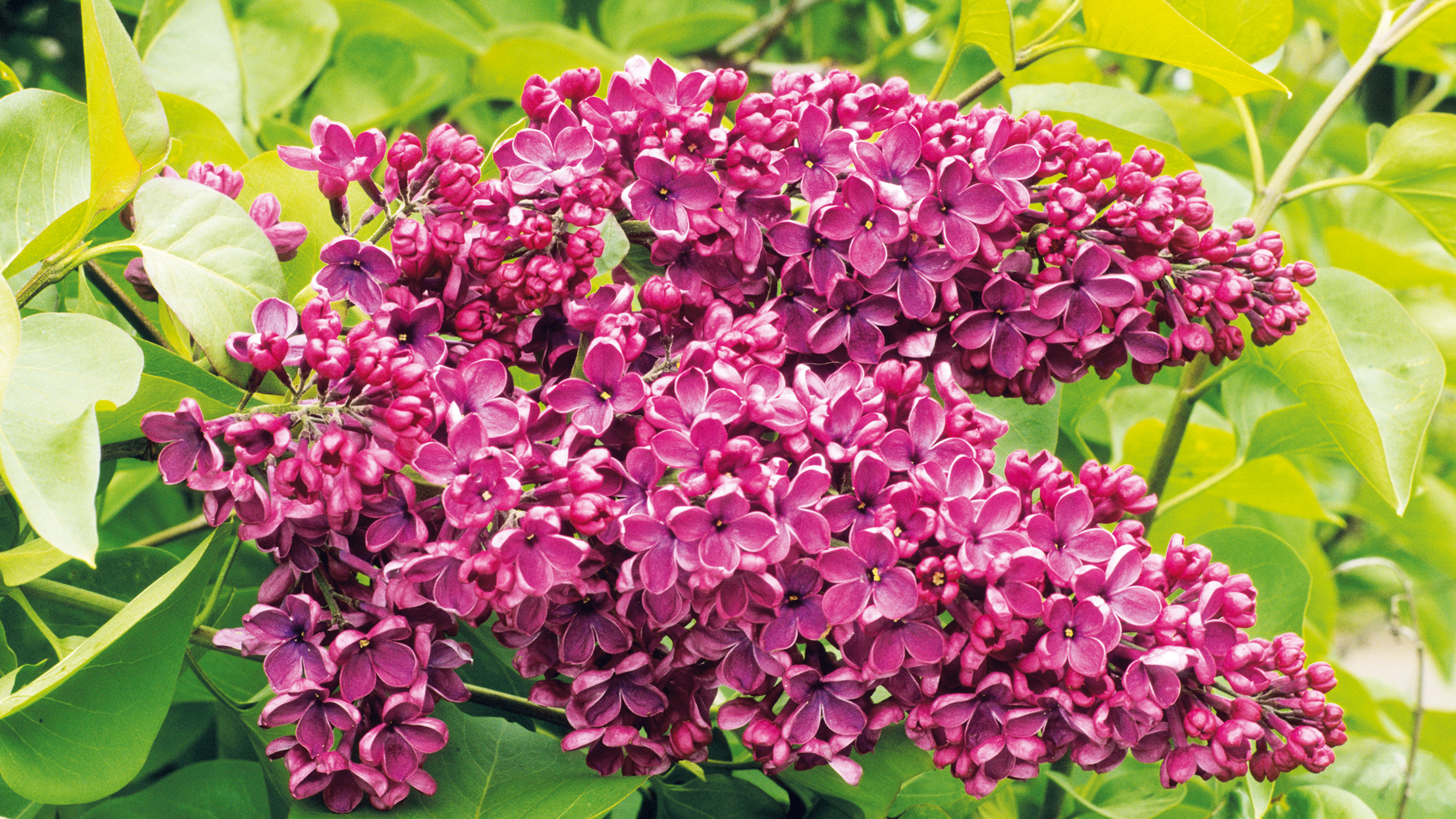
Lilacs are exceptionally cold tolerant and drought-tolerant deciduous shrubs, many of which will perform well even when badly neglected. They are among the most resilient of all garden shrubs, many lilacs are unexpectedly long-lived and can survive on abandoned homesteads as the home itself crumbles.
Sadly, their foliage is generally an unremarkable dull green in color, but their main claims to fame are their fat spikes of tiny colorful late spring flowers and their sweetly powerful fragrance.
For many lilacs, a two- or three-week spring season of glorious flowers is worth the plants’ poor contribution to the garden for the rest of the year. However, an increasing range of modern varieties that flower for a longer season on smaller, more manageable plants have begun to appear in nurseries and on the websites of mail order suppliers.
Lilacs are among the best low maintenance shrubs, and are essential as ingredients in traditional flower garden planting schemes and as colorful spring specimens. Many integrate well into mixed borders, while neater varieties are worth growing in containers on your deck. When cut cut for the house they make a dramatic display too.
This is the perfect time to celebrate this popular shrub as 2022 is the Year of the Lilac, and The National Gardening Bureau reminds us: 'Lilacs are among the most carefree spring-flowering, multi-stemmed, deciduous shrubs (or small trees), well-loved for their toughness, reliability, and fragrance.'
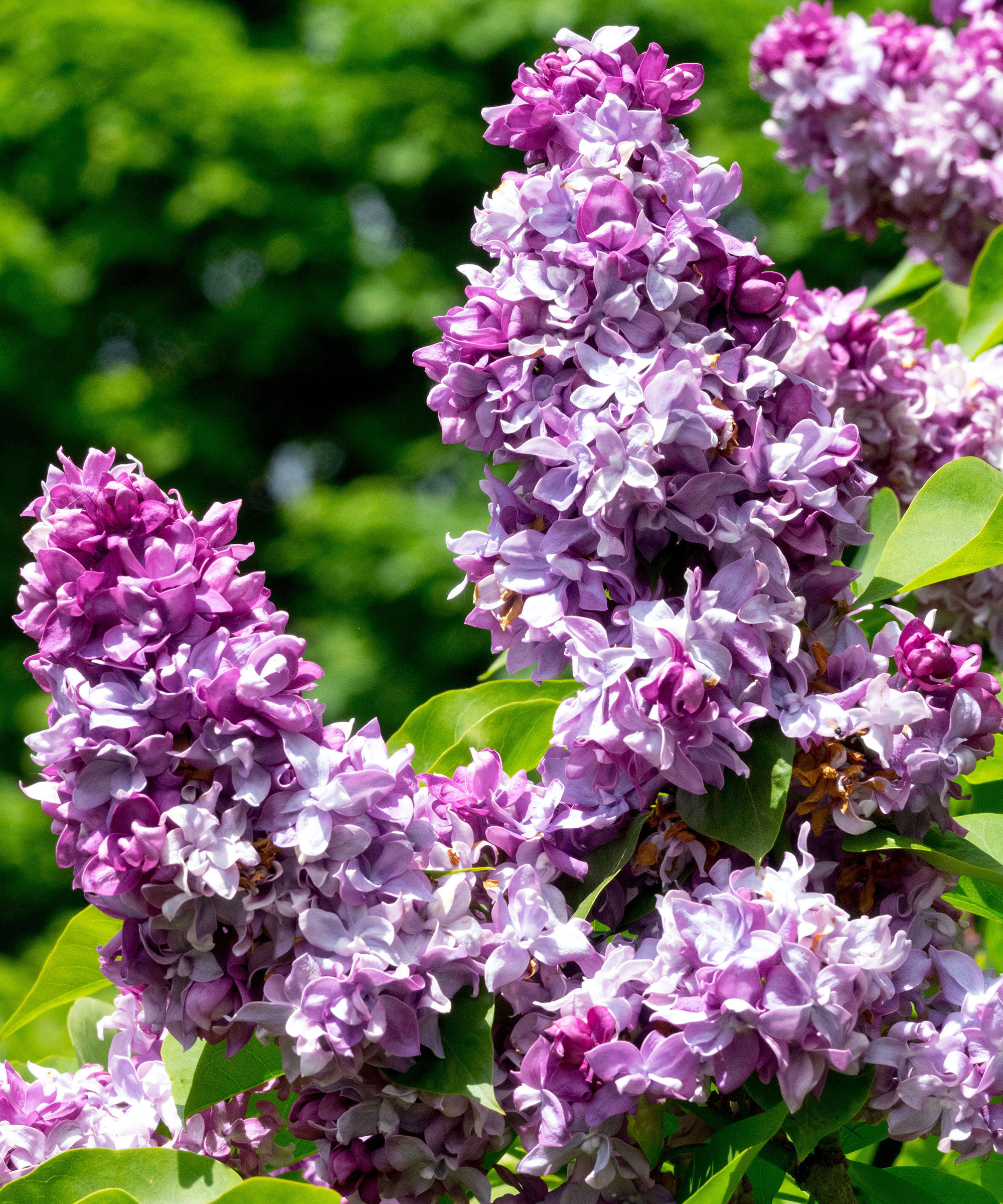
What are the different kinds of lilac?
Some lilacs mature as shrubs, others as small well-branched trees, which makes them ideal if you are looking for one of the best trees for small gardens, and some more modern varieties will bloom for a second time later in the year.
There are three main kinds of lilac to choose from:
1. Tree lilacs
The common lilac, Syringa vulgaris, and the varieties developed from it, have long been the most widely grown. They grow up to 20ft (6m) tall and mature into lilac trees or into large lilac bushes.
Lilac trees open their spikes of flowers up to 18in (45cm) long in late spring and early summer. In some varieties the spikes are narrow and pointed, in others they are shorter, fatter and more branched. Double-flowered varieties have more petals and last longer in bloom.
In color, the flowering spikes can be the traditional lilac color (‘Katherine Havemeyer’, double), or shades of blue (‘Firmament’, single), creamy yellow (‘Primrose’, single), white (‘Vestale’, single), or wine red (‘Mrs Edward Harding’, double).
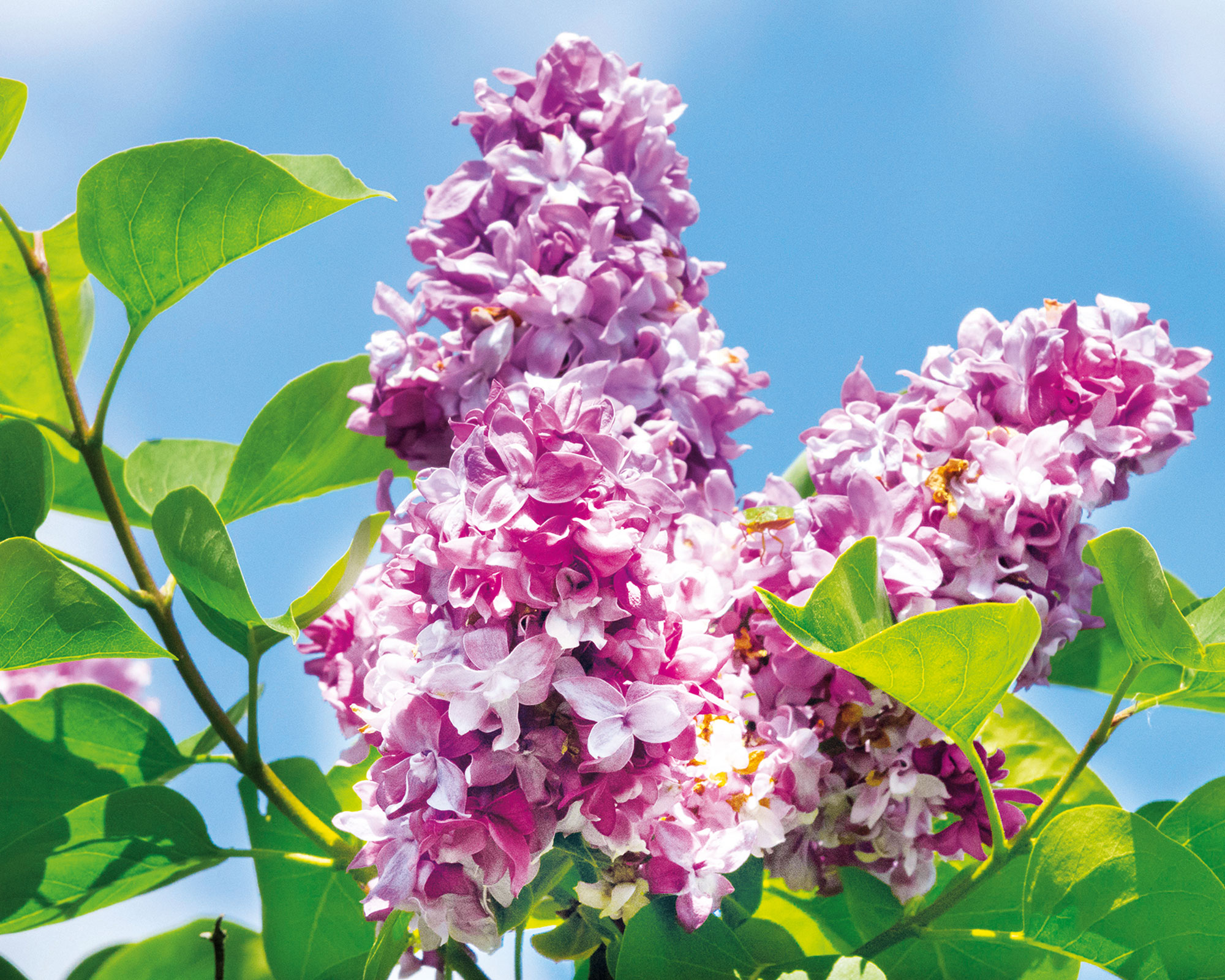
2. Lilac bushes
There is also a range of shorter, neater, often rather twiggy lilac bushes, many with smaller spikes of flowers, that are ideal shrubs for small gardens and one of the most popular trees to grow in pots.
These include the well known ‘Miss Kim, (purple, fading to pale blue), ‘Palibin’ (pale lilac pink) and Baby Kim (purple).
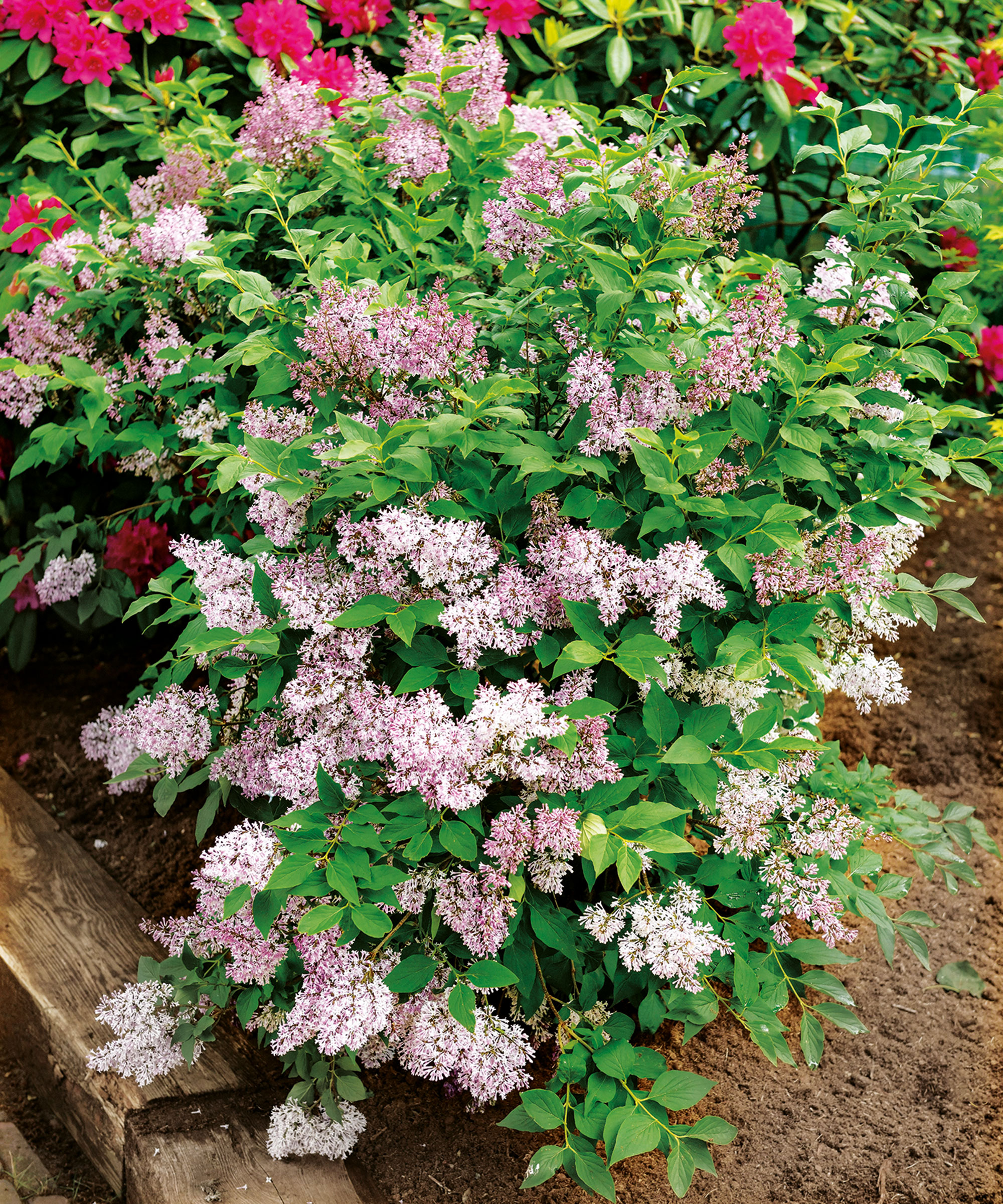
3. Reblooming lilacs
The best of the modern varieties also flower for a second time later in the season or intermittently through summer until the fall, providing much more color from the one plant.
Look for ‘Josee’ (lavender pink), Be Right Back ('Garlisabzar'), the Bloomerang Series, in five colors, and the Flowerfesta Series, in three colors.
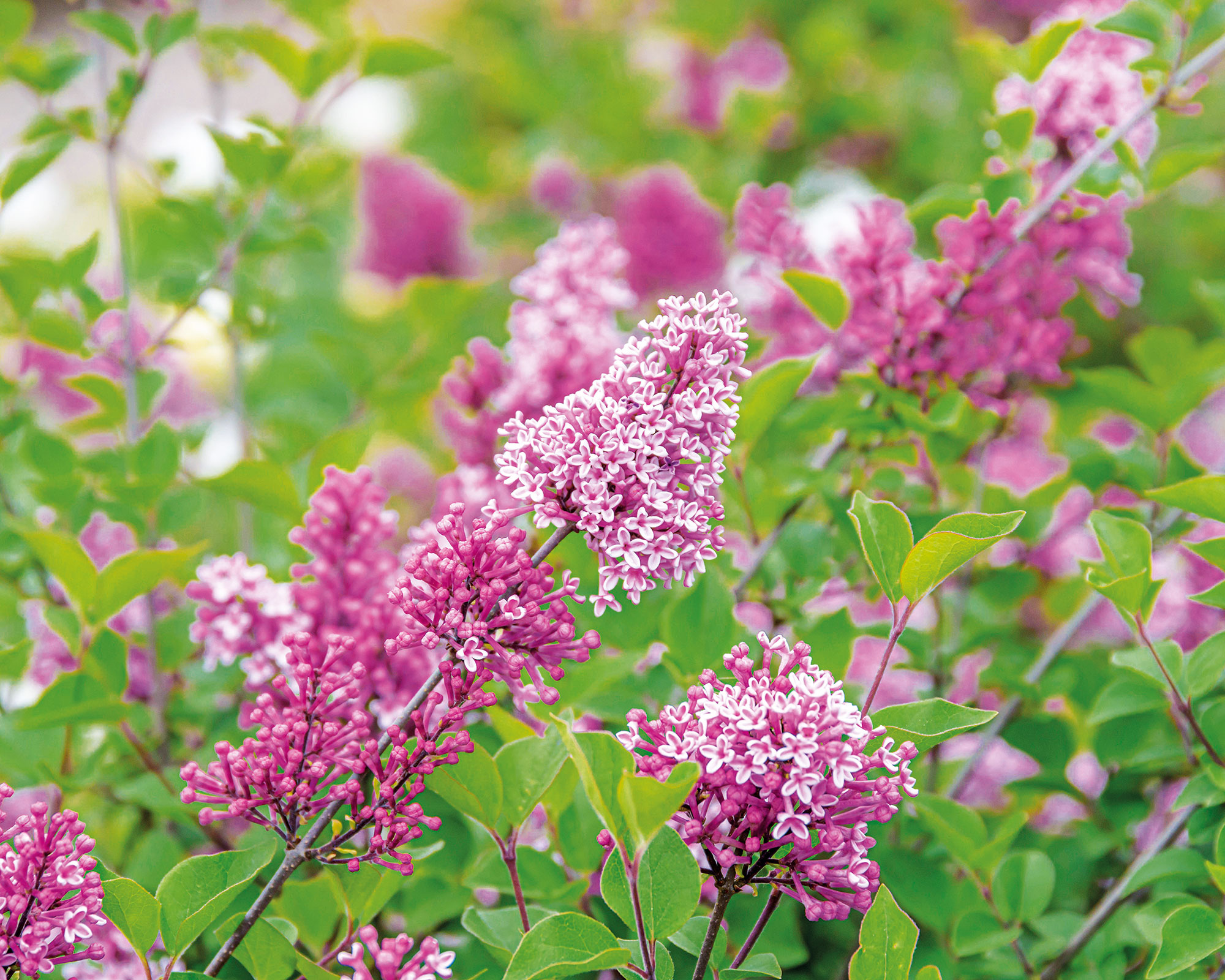
How to choose the right lilac for your garden
Lilacs come in an increasing range of sizes and styles, some are ideal for planters on the deck and others for traditional garden situations.
When considering your decking ideas, patio gardens and choosing trees for small yards, varieties in the re-blooming Bloomerang or Flowerfesta Series are ideal, providing a longer season of color and fragrance than other types. They grow well in garden planters and in the US should take zone 5 winters in their pots, zone 3 or zone 4 when planted in the ground. Look, also, for other reblooming lilacs including ‘Josee’.
The more traditional, once-flowering common lilacs, often listed under Syringa vulgaris, make up in their impact, their heady fragrance and their wide range of colors what they lack in their flowering period. Simply choose your favorite colors but look especially for ‘Sensation’, with white edged purple petals, the superscented Scentsara Series, and traditional favorites including ‘Katherine Havemeyer’.
When planning your garden borders, plant them at the back, especially if sited near a window where the scent will waft inside. Because they flower in late spring, and usually briefly, a maturing lilac can be used as a host for a summer flowering clematis.
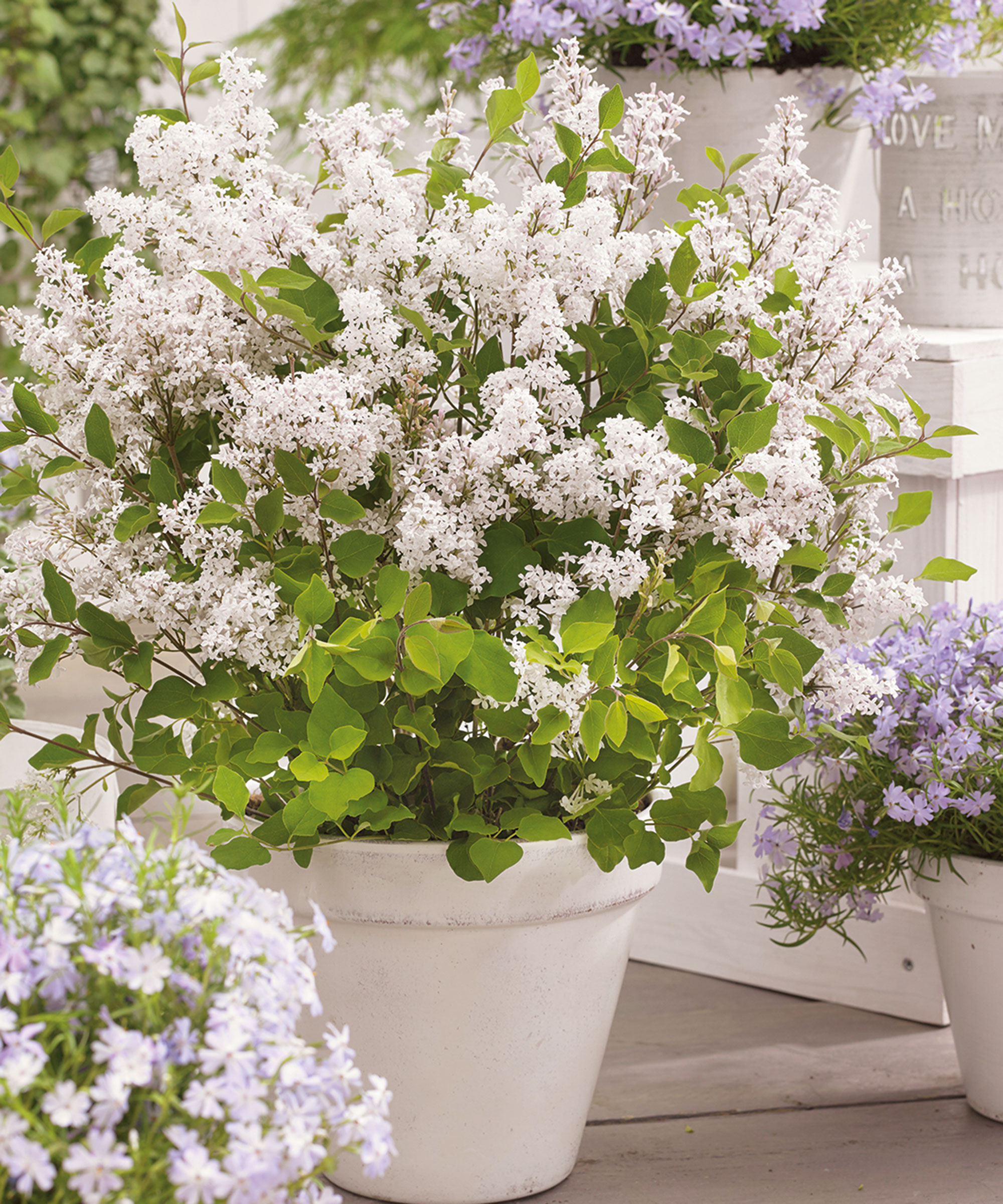
Where do lilacs grow best?
Without exception, lilacs need sun. They are also very cold tolerant, in fact lilacs may not thrive in areas without frosty winters although lilacs are superb spring-flowering shrubs for colder zones.
Lilacs are tolerant plants, happy in any reasonable soil type that is not parched or waterlogged, but will grow more strongly and bloom more prolifically in richer conditions.
Amending garden soil with soil improver or garden compost is usually helpful. They are lime tolerant, but unhappy in extremes of acidity or alkalinity.
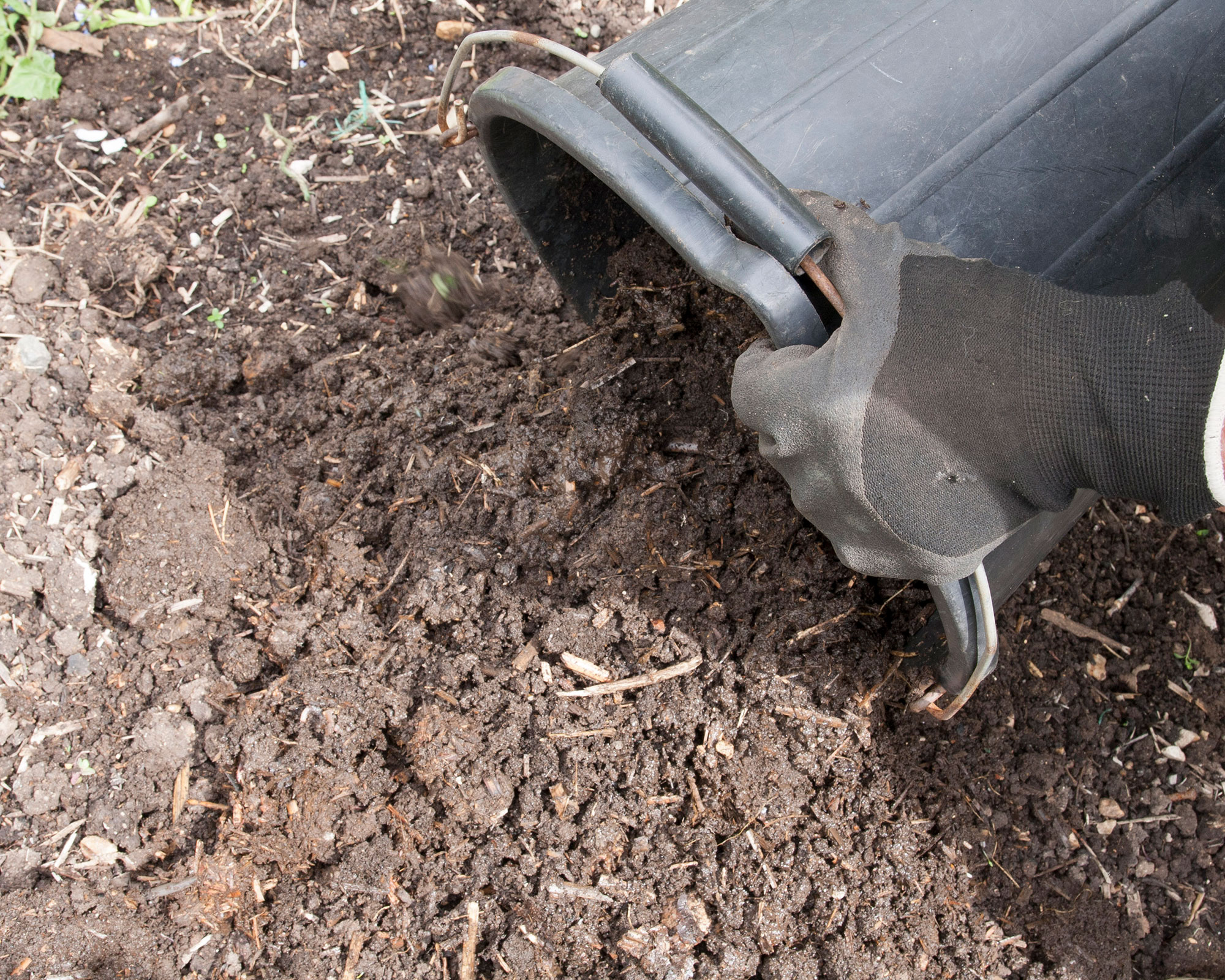
How and when to plant lilacs
In colder zones, make planting lilacs one of your spring garden jobs, when the ground has thawed. In milder areas, fall planting is also suitable, or mild spells in winter when the ground is neither parched nor waterlogged.
No special planting technique is needed, although lilacs tend to be shallow rooting so make a planting hole that is wider than it is deep.

Lilac care tips
Lilacs are not fussy, and will usually flower well without much care and attention. However, an annual treatment with a general purpose shrub feed always helps, and generous mulching with weed-free garden compost or bark will help keep down weeds and retain moisture.
Always be careful when planting underneath your lilac to avoid damaging the shallow roots as new shoots may well spring from the damaged root, creating a less symmetrical and less elegant plant.
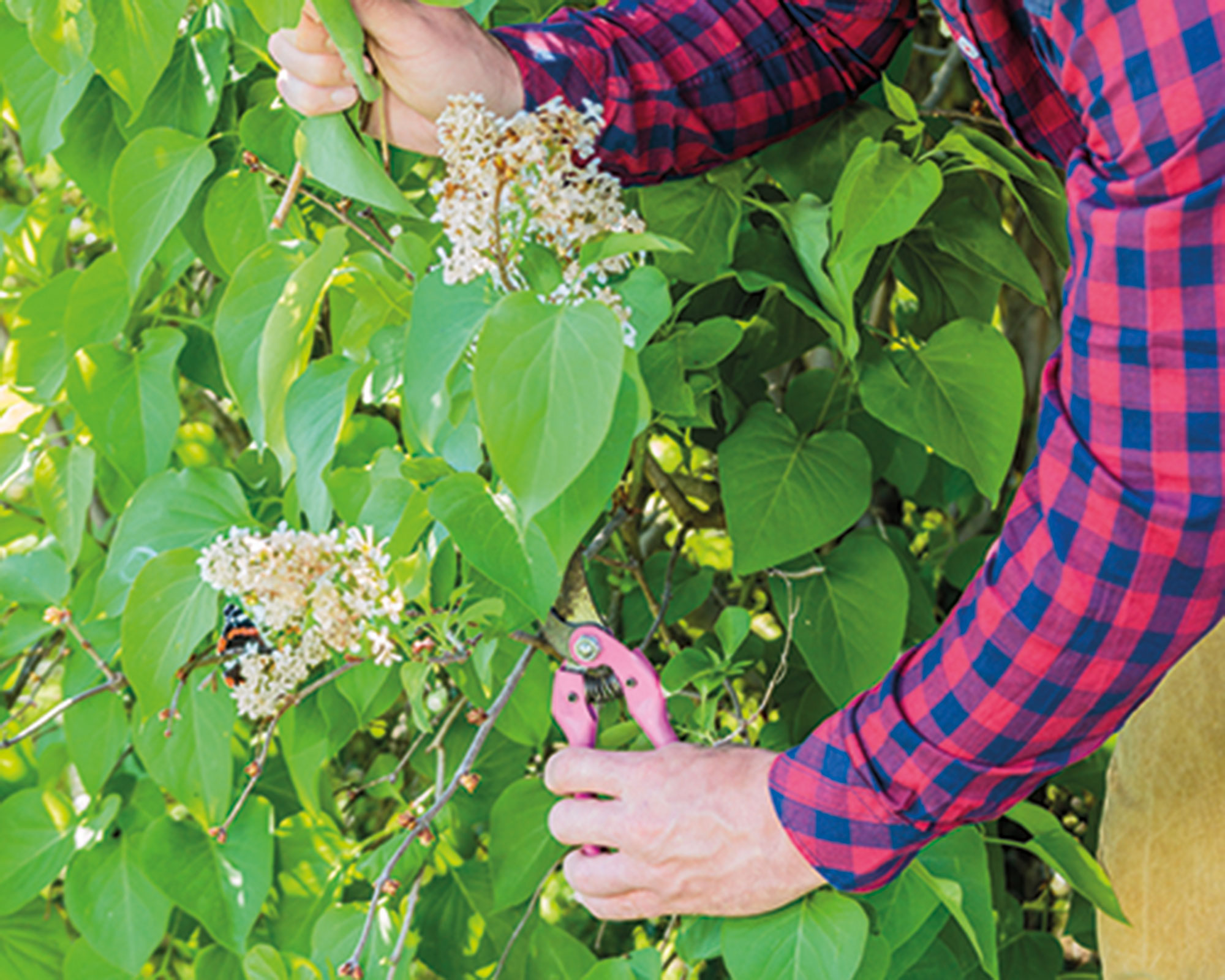
How to grow lilac in a pot
All lilacs are worth considering when planning your container gardening ideas, but smaller types, with smaller leaves and smaller flowers, usually thrive better than common lilac varieties which eventually grow too tall and may blow over.
Bloomerang lilacs, in five colors, or the Flowerfesta Series in three colors, are ideal lilacs for your patio gardening ideas as they mature to a manageable size, continue to bloom after their first late spring burst and most are also fragrant.
Follow the below tips when planting a lilac bush in a pot.
- Start by watering your new lilac with liquid feed – anything you have to hand is better than nothing at all.
- Choose a new or well-washed planter, move it to its final position in a sunny place, and partly fill with potting soil or a special container mix.
- Take your new lilac out of its pot and settle it on to the compost so that the soil at the top of its roots is 1-2in (2.5-5cm) below the rim of the planter.
- Fill with more fresh soil, firm well, water again with liquid feed, then mulch with bark.
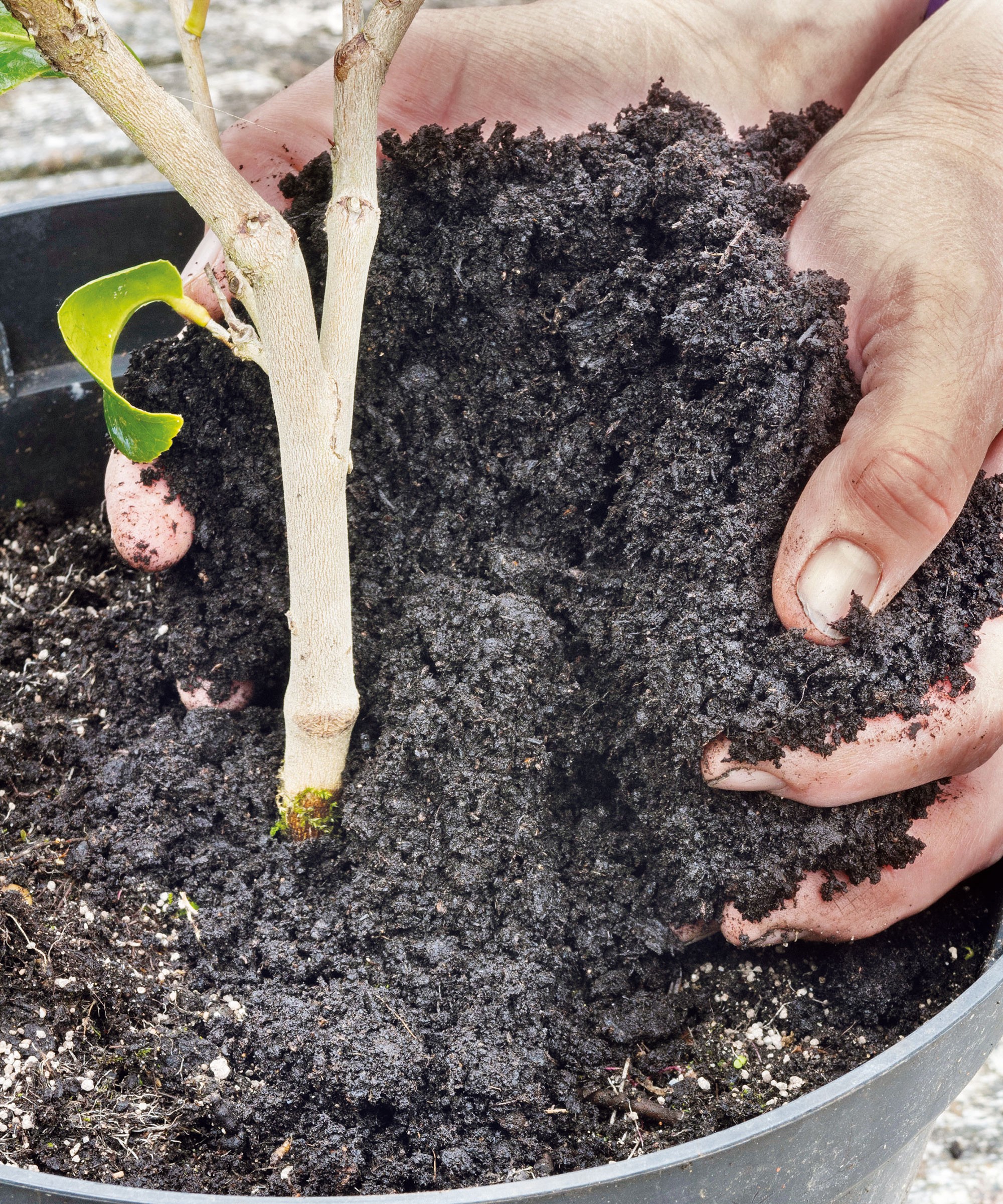
How to make more lilacs
There are two easy ways to make more lilacs: layering and removing suckers.
Layering is the simplest approach. In fall, choose a low branch that is a year or two old, bend it down so a pair of leaves touch the ground and note that point.
Fork over the soil, nip off the pair of leaves and bury the stem. Firm well, then secure the stem in place by placing a brick or a large stone over it.
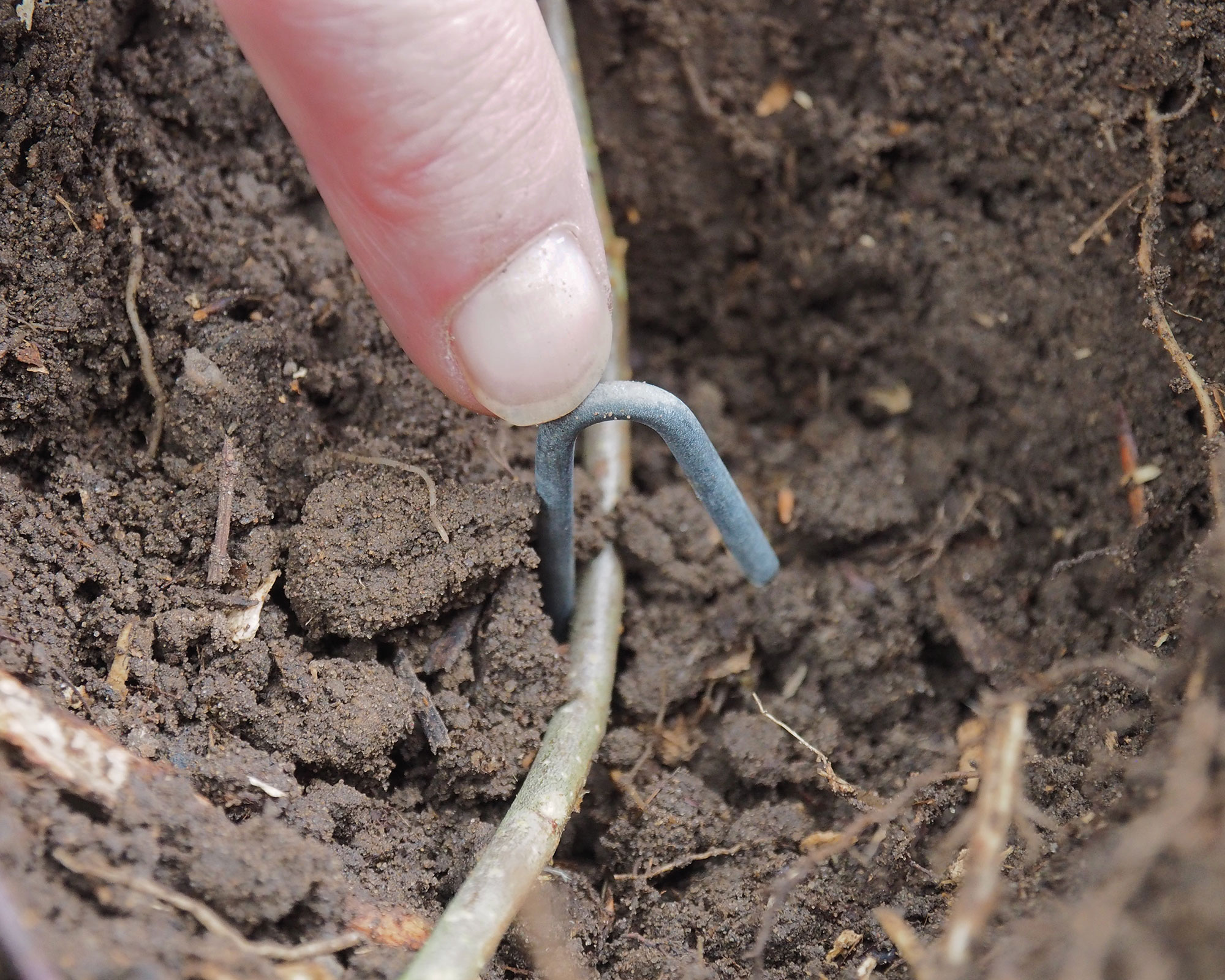
A new shoot should appear the following spring or early summer. Snip through the stem between the layer and the main plant, then in fall dig up your new young lilac and move it to its new home.
Sometimes, a lilac bush will produce a new shoot from its roots. This can be spontaneous, more often it happens if the root is damaged. In fall or spring it can simply be detached and transplanted.
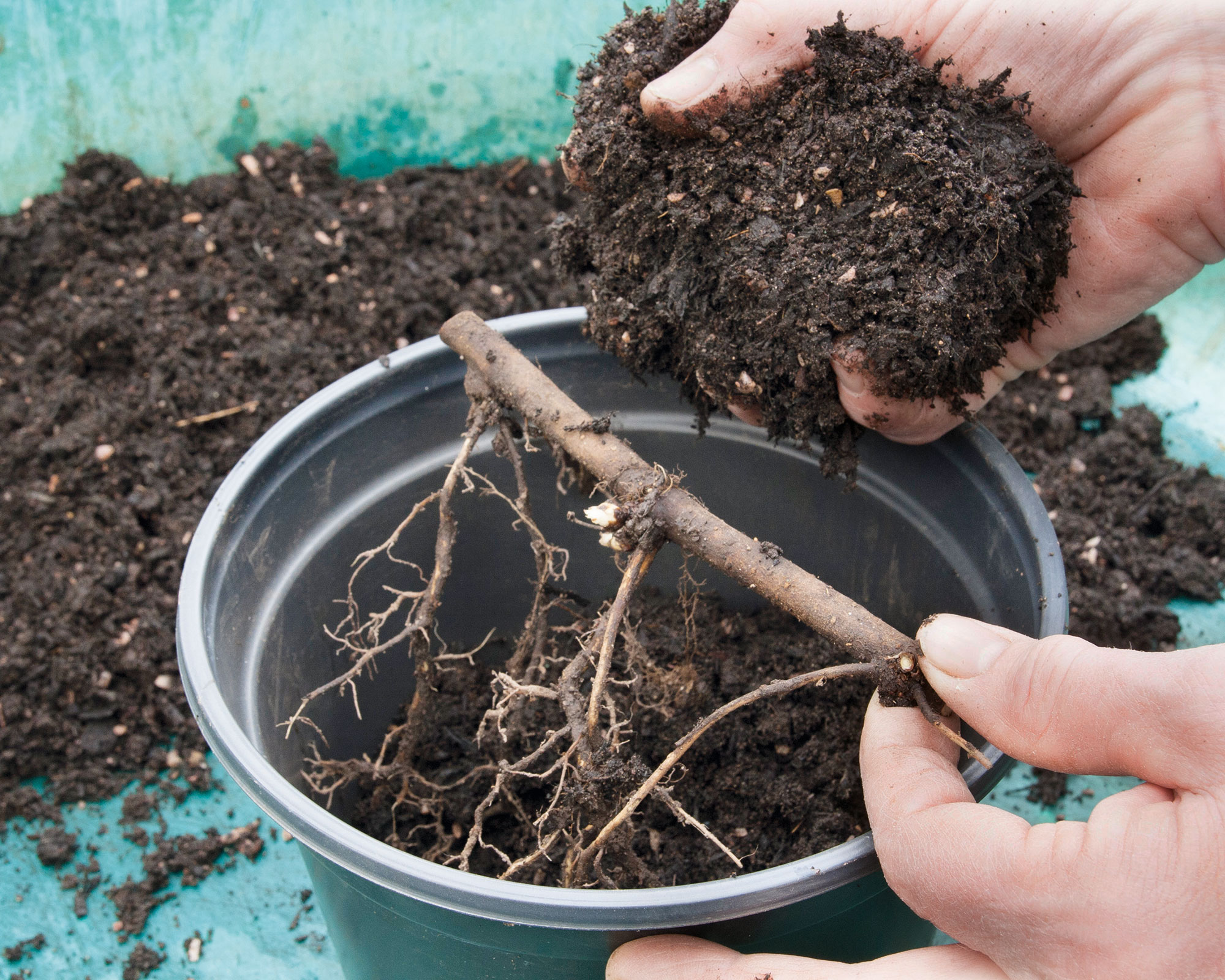
Lilac problems and how to solve them
Lilacs do not suffer from many problems. There are some minor insect pests and minor diseases, although they need not worry us.
Mildew is probably the most noticeable problem, creating a white dusty covering on the leaves, but it usually does little serious damage. Keeping the roots moist will help prevent infection.
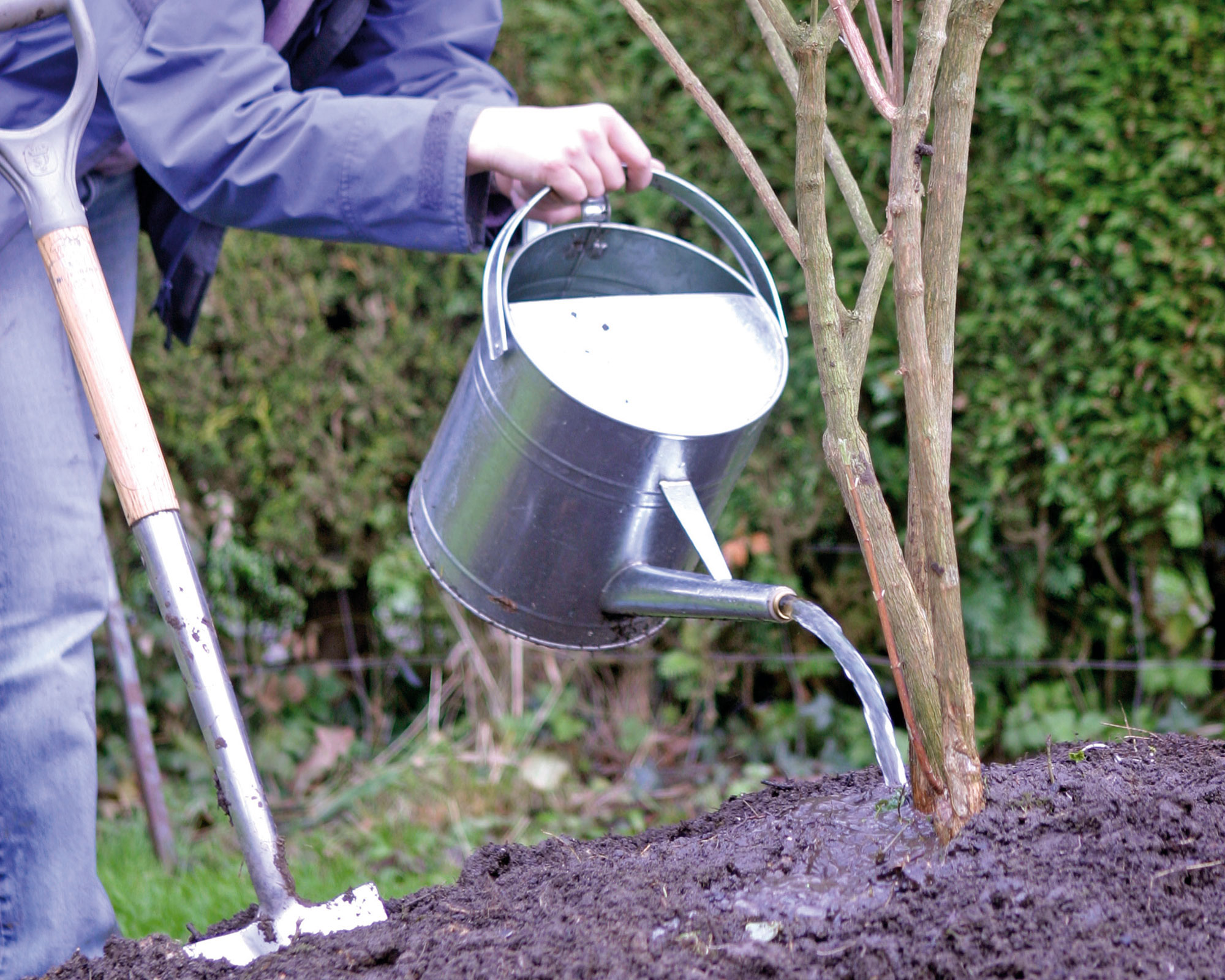
What USDA zones do lilacs grow in?
Most lilacs, including the common lilac, Syringa vulgaris, and the Korean lilacs, ‘Palibin’ and ‘Miss Kim’, are exceptionally winter hardy deciduous shrubs from Europe and Asia, they are hardy to USDA zone 3.
The re-blooming Bloomerang Series are usually considered hardy down to USDA zone 4
Is Syringa the same as lilac?
Many plants have two kinds of name. They all have a scientific name and many of the most familiar also have a common name. In this case, Syringa is the scientific name for these fragrant, late spring and early summer flowering bushes. Lilac is the common name.
The scientific name, and often the common name, also has a second part. So Syringa vulgaris is also known as common lilac while Syringa reticulata is also known as the Japanese lilac.
Confusion sets in with the California lilac, which gets its common name because it looks a little like a common lilac but grows in California, not in Europe or Asia. Its scientific name is Ceanothus, which tells us that, scientifically speaking, it’s not related to other lilacs, Syringa, at all.
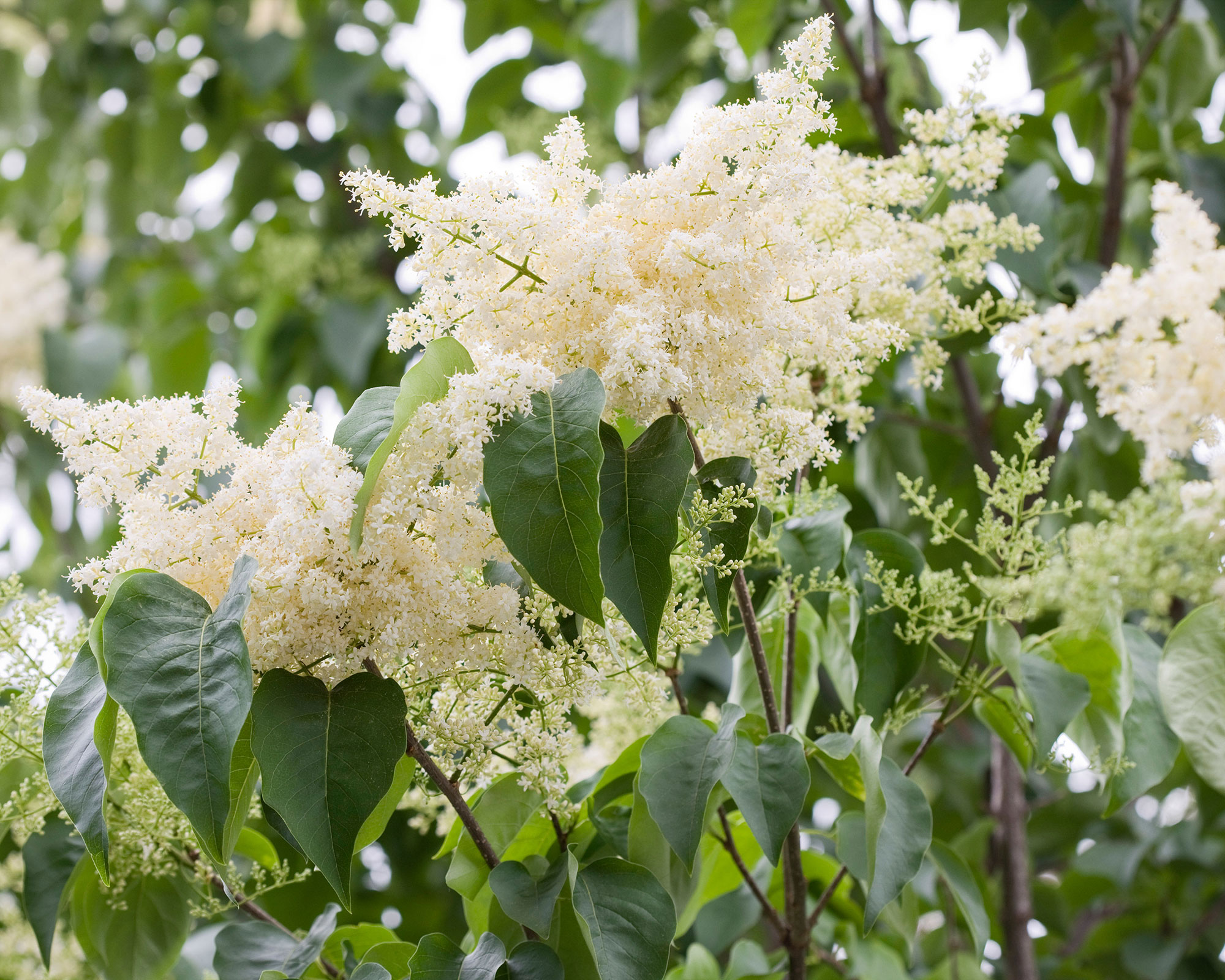
Where to buy lilacs
Lilac bushes are supplied by mail order nurseries as plants in tubes or in small pots, or sometimes as semi-mature plants in larger pots.
Some nurseries also ship lilacs as bare root trees or plants, dug up from the nursery and with the dirt shaken from the roots.
In retail nurseries, and in the garden departments of DIY stores, you may sometimes see lilacs offered as semi-mature plants in full bloom, either in pots or, sometimes, balled-and-burlapped (the roots contained in a ball of soil that is wrapped in sacking to keep it secure and damp).
Where to buy lilacs in the US:
- Shop lilacs at Amazon
- Shop lilacs at Burpee
- Shop lilacs at Lowe's
- Shop lilacs at Monrovia
- Shop lilacs at Nature Hills
- Shop lilacs at Spring Hill Nursery
Where to buy lilacs in the UK:

Graham Rice is a garden writer who has won awards for his work online, and in books and magazines, on both sides of the Atlantic. He is a member of a number of Royal Horticultural Society committees and the recipient of the 2021 Garden Media Guild Lifetime Achievement Award.
